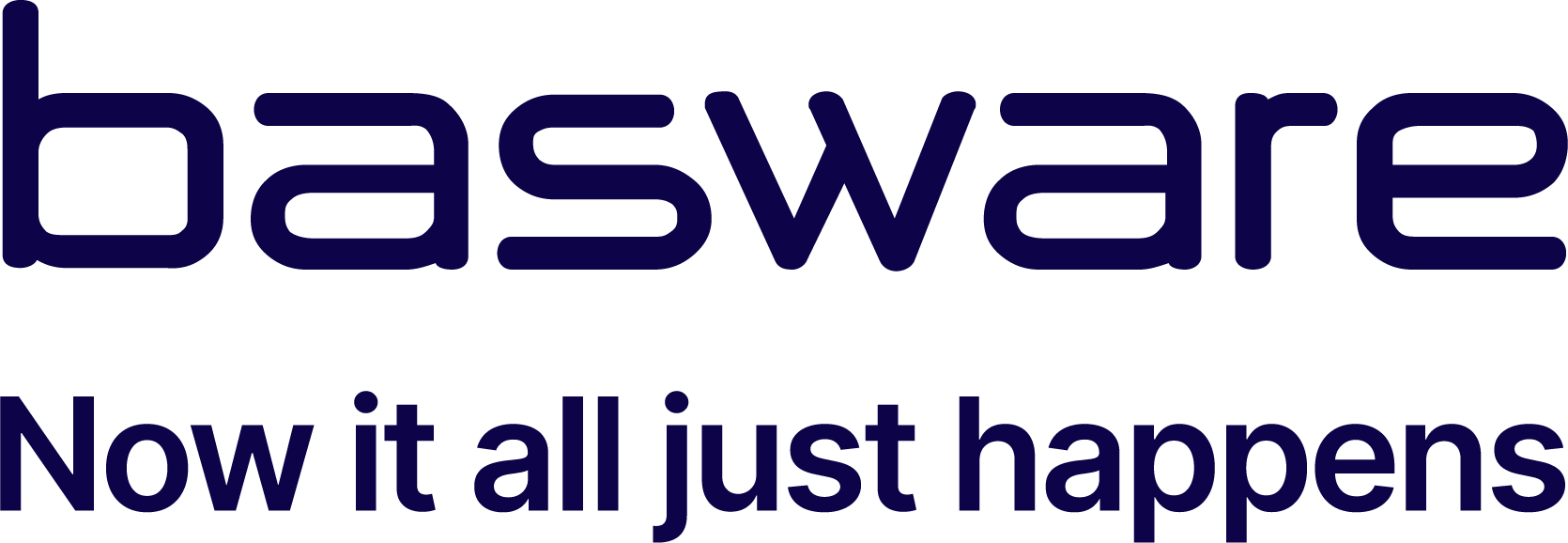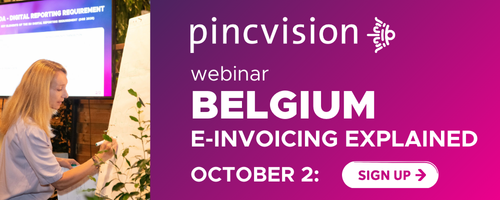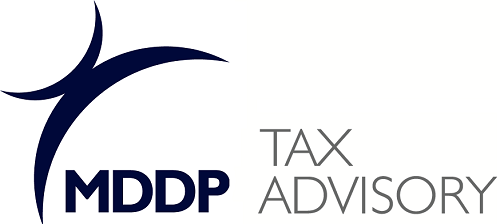- The EU project VIDA, or “VAT in the Digital Age,” aims to drive digital transformation.
- E-invoicing can automate the invoice accounting process and bring several benefits for businesses.
- E-invoices reduce the risk of human errors and allow for automated data entry into the accounting system.
- The use of e-invoicing can result in cost savings by eliminating the need for printing, delivering, and storing paper invoices.
- E-invoices are stored electronically, making document management easier.
- Automation of invoice accounting requires appropriate safeguards for data security and protection against unauthorized access.
- The Fa(2) schema contains optional additional fields for categorizing invoices according to needs.
- Data quality is important to align with the formats accepted by the e-invoice schema.
- There are IT and technological solutions available on the market to facilitate data entry and integration with KSeF.
- Process changes to invoice circulation connected to KSeF can be a positive change within a company.
Source: krgroup.eu
Note that this post was (partially) written with the help of AI. It is always useful to review the original source material, and where needed to obtain (local) advice from a specialist.
Latest Posts in "Poland"
- Poland Begins Open Testing for KSeF 2.0 National E-Invoice System, Enhancing Digital Tax Compliance
- Poland’s KSeF 2.0 Manual, Decoded: How to Prepare for Poland’s E-Invoicing Mandate
- Open Testing of KSeF 2.0 API Begins for Financial System Integration Compliance
- VAT Settlement in Packaging Transactions: Ministry of Finance Clarifies Deposit System Rules
- Poland’s MoF Releases New KSeF Guide for 2026 Mandatory E-Invoicing Rollout















